Taking care of your skin isn’t just about the products you use, it’s also about what you eat. These 13 worst foods for your skin can cause breakouts, dryness, redness, or even speed up the aging process without you realizing it. While it’s easy to focus on creams and serums, what you put on your plate plays a big role in how your skin looks and feels.
Knowing which foods might be working against your skin can help you make smarter choices and avoid common pitfalls that hold your skin back. Dermatologists have studied these effects closely, and their advice can guide you toward clearer, healthier skin. Making a few tweaks to your eating habits can help your skin feel fresh and look great every day.

Sugary Foods and Drinks
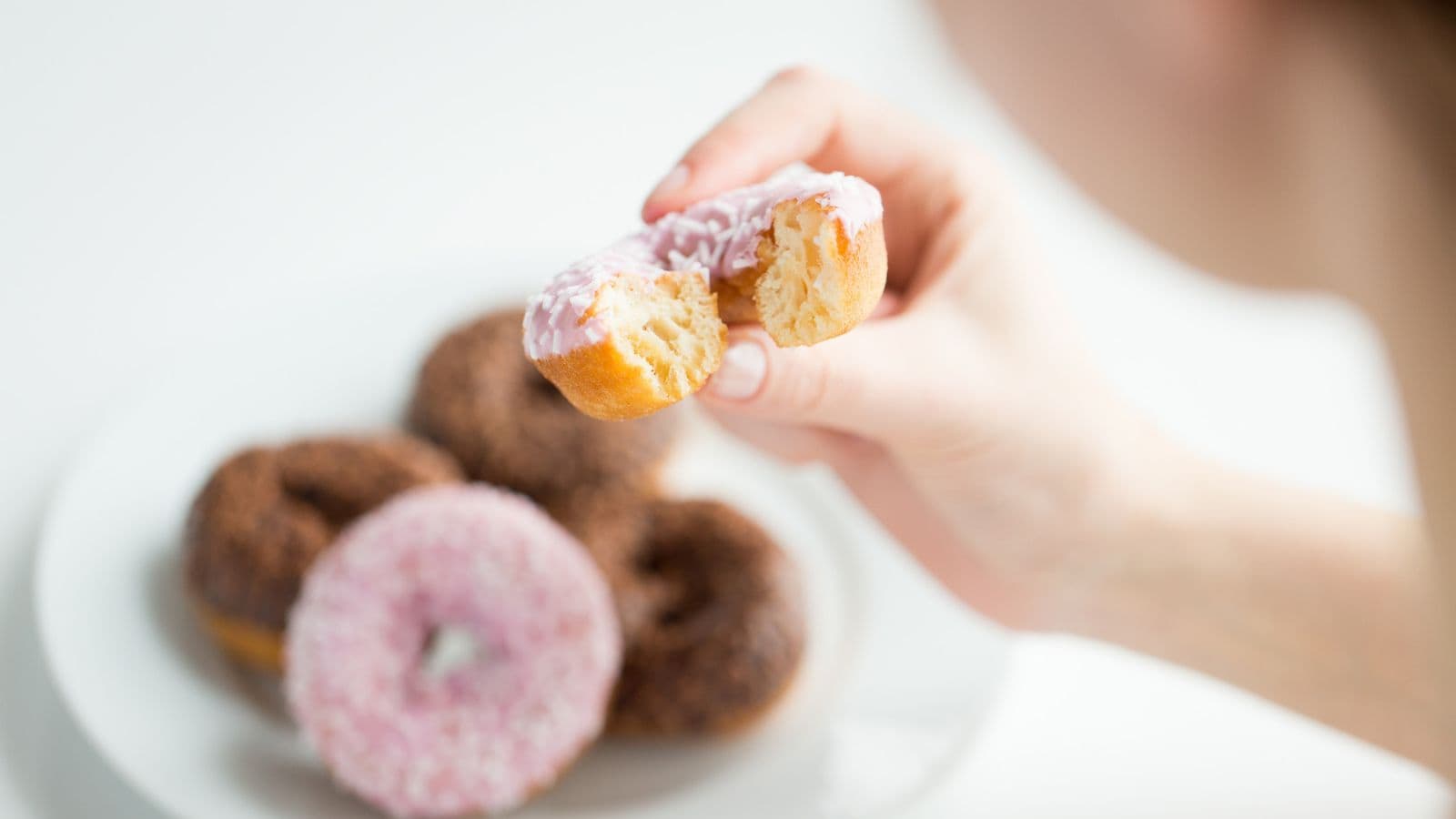
Consuming large amounts of sugar can cause your blood sugar levels to rise rapidly, which triggers the release of insulin. This hormonal surge can increase inflammation throughout the body, including the skin. Inflammation may lead to clogged pores and acne breakouts. Additionally, sugar can damage collagen and elastin, the proteins responsible for skin’s firmness and elasticity, accelerating the appearance of wrinkles and sagging. Frequent intake of sugary items may also worsen existing skin conditions like eczema or rosacea by promoting oxidative stress. Reducing sugar intake can help maintain a clearer, more youthful complexion.
Dairy Products
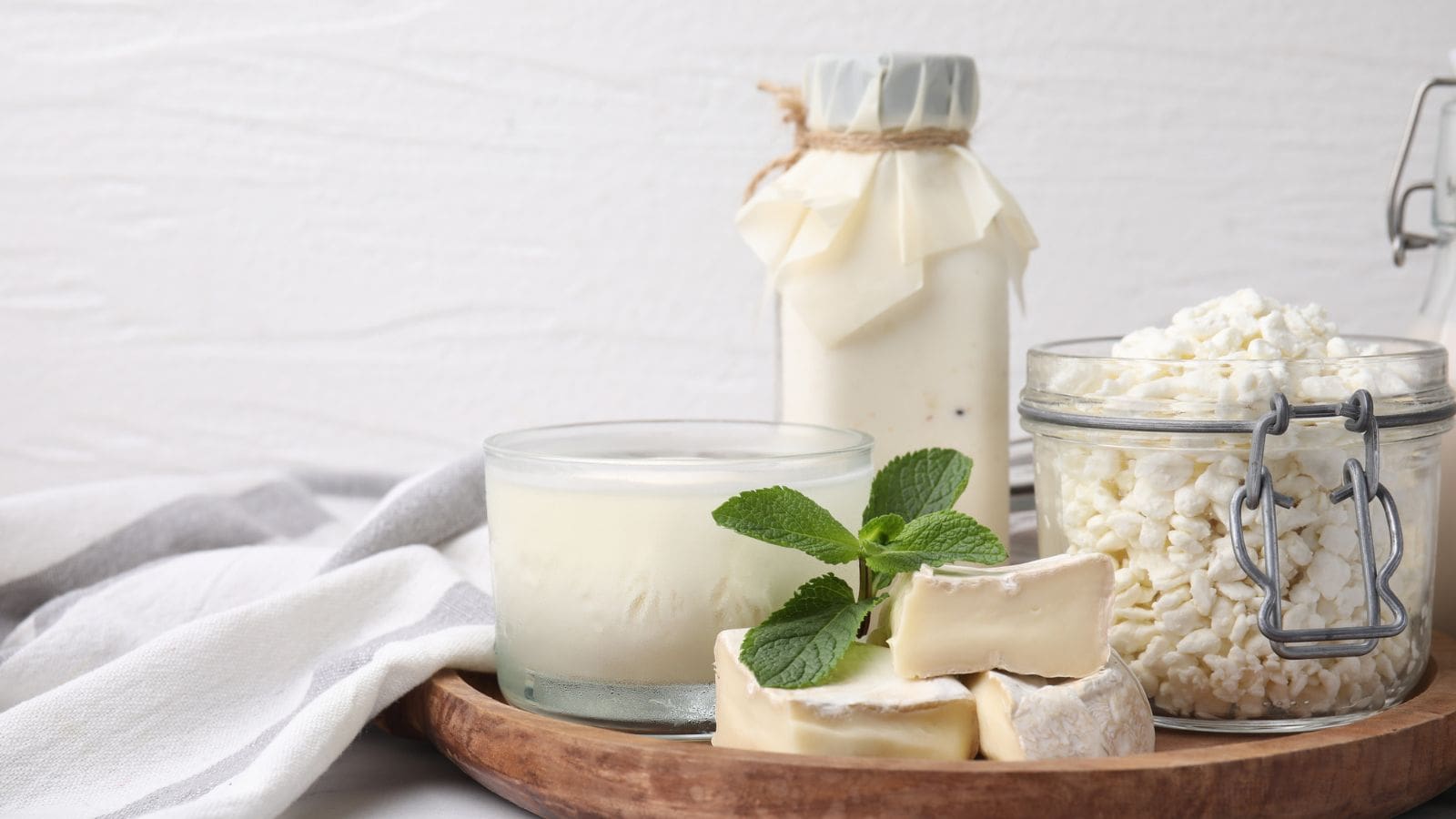
Milk and other dairy items contain hormones and bioactive compounds that can influence the skin’s oil glands, potentially increasing sebum production. This excess oil can clog pores and contribute to acne development. Some individuals may be particularly sensitive to these components, experiencing flare-ups after consuming dairy. Moreover, dairy products might exacerbate inflammation in the skin, making redness and irritation more noticeable. Certain studies have suggested a connection between dairy consumption and worsening of acne symptoms, although reactions vary from person to person. Monitoring your intake and observing skin responses can help determine if dairy affects your skin negatively.
Fast Food and Fried Foods
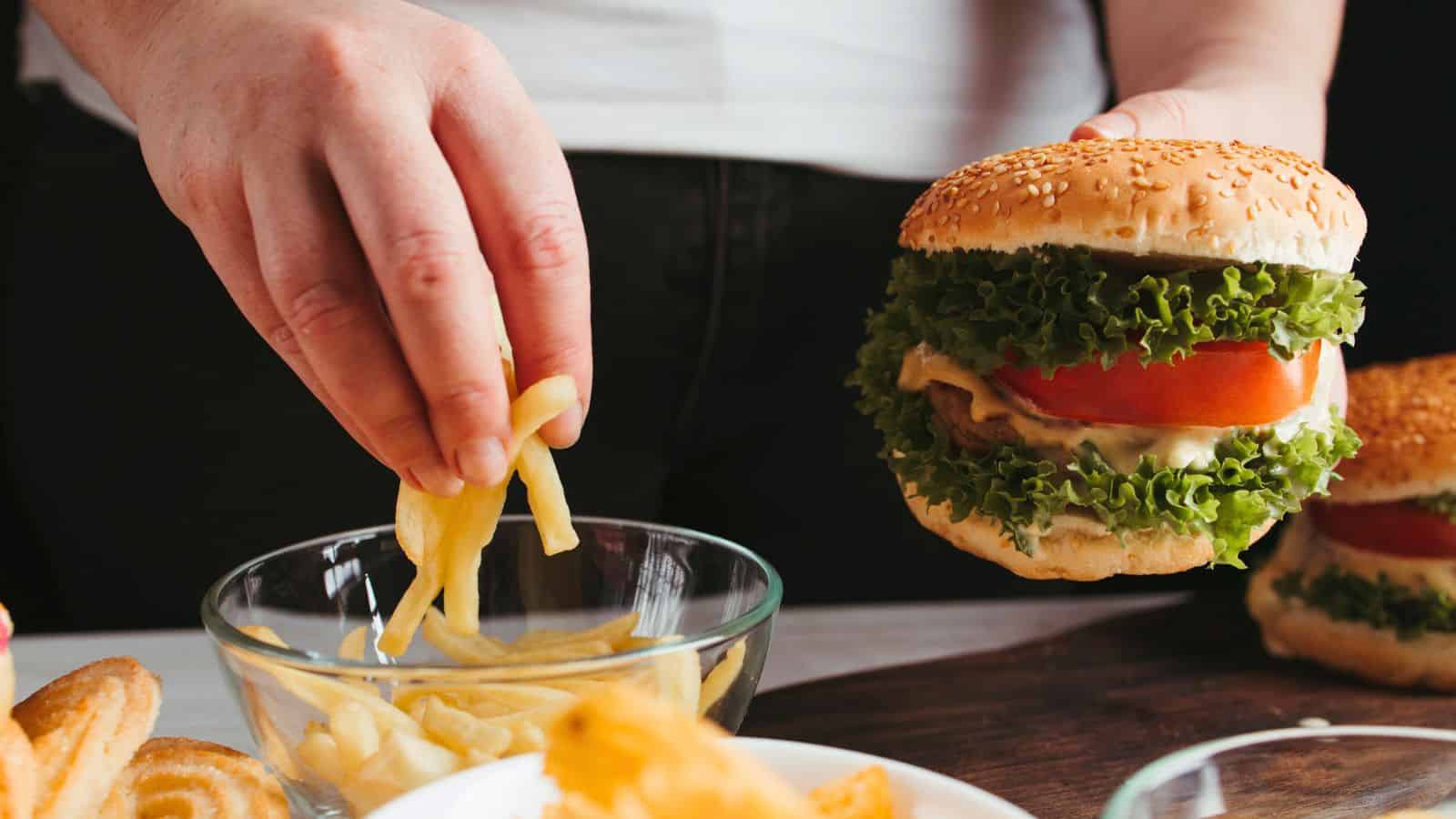
Foods that are fried or heavily processed often contain high levels of unhealthy fats, such as trans fats and saturated fats. These fats can trigger systemic inflammation, which may manifest as skin redness, puffiness, or acne. Additionally, such foods frequently have excessive salt content, leading to water retention and swelling, particularly around the eyes and face. The low nutritional value of fast food means the skin may not receive enough vitamins and antioxidants necessary for repair and protection. Regular consumption can impair the skin’s barrier function, making it more vulnerable to environmental damage and premature aging. Limiting these foods supports healthier skin function.
Refined Carbohydrates

Refined carbs like white bread, pastries, and pasta have a high glycemic index, meaning they cause a swift increase in blood glucose levels after eating. This spike prompts insulin release, which can stimulate oil glands and encourage the formation of acne lesions. These foods often lack fiber and essential nutrients, which are important for maintaining skin health. Over time, frequent consumption can contribute to inflammation and oxidative stress, damaging skin cells and collagen. This may lead to dullness, uneven texture, and the early appearance of fine lines. Choosing whole grains and complex carbohydrates instead can help maintain balanced blood sugar and support clearer skin.
Processed Meats

Processed meats such as sausages, bacon, and hot dogs contain preservatives, high sodium, and sometimes added sugars, all of which can negatively impact skin health. The preservatives may provoke inflammation, while excess salt encourages fluid retention, causing puffiness and swelling in the face. These meats often have a high content of saturated fats, which can worsen inflammatory skin conditions like acne or eczema. Additionally, some compounds formed during processing might increase oxidative stress in the body, accelerating skin aging. Consuming these meats regularly can interfere with the skin’s ability to repair itself and maintain a smooth, even tone, so moderating intake is beneficial for skin wellness.
Pastries

Pastries like croissants, danishes, and sweet rolls are made with refined flour and often loaded with sugar and unhealthy fats. These ingredients cause blood sugar to spike quickly, triggering insulin release that can increase oil production and inflammation in the skin. This can lead to clogged pores and more frequent breakouts. The combination of refined carbs and added sugars also promotes oxidative stress, which damages collagen and elastin, speeding up signs of aging like wrinkles and sagging. Regularly eating pastries can leave your skin looking dull and uneven. Swapping pastries for whole grain or less processed snacks can help keep your skin clearer and more resilient.
Salty Snacks
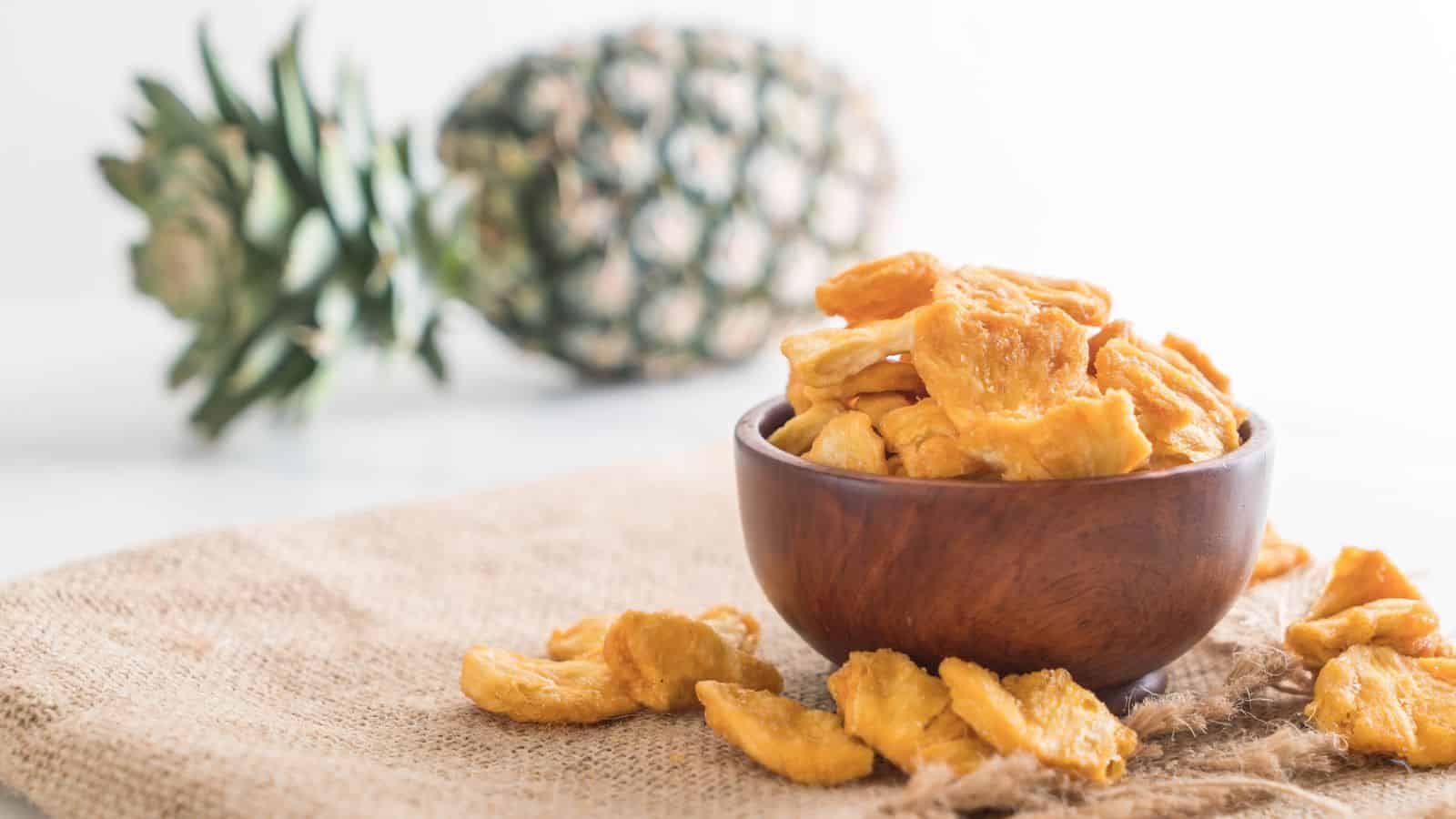
Foods high in salt content, such as chips and salted nuts, can cause the body to retain excess water, leading to puffiness and swelling, especially around the eyes and face. This fluid retention can make the skin appear bloated and tired. High sodium intake may also contribute to increased blood pressure, which can negatively affect the delicate blood vessels under the skin, causing redness or broken capillaries. Additionally, excessive salt can disrupt the balance of electrolytes, potentially affecting skin cell function and barrier integrity. Limiting salty snacks can reduce inflammation and help maintain a more even, refreshed complexion.
Chocolate
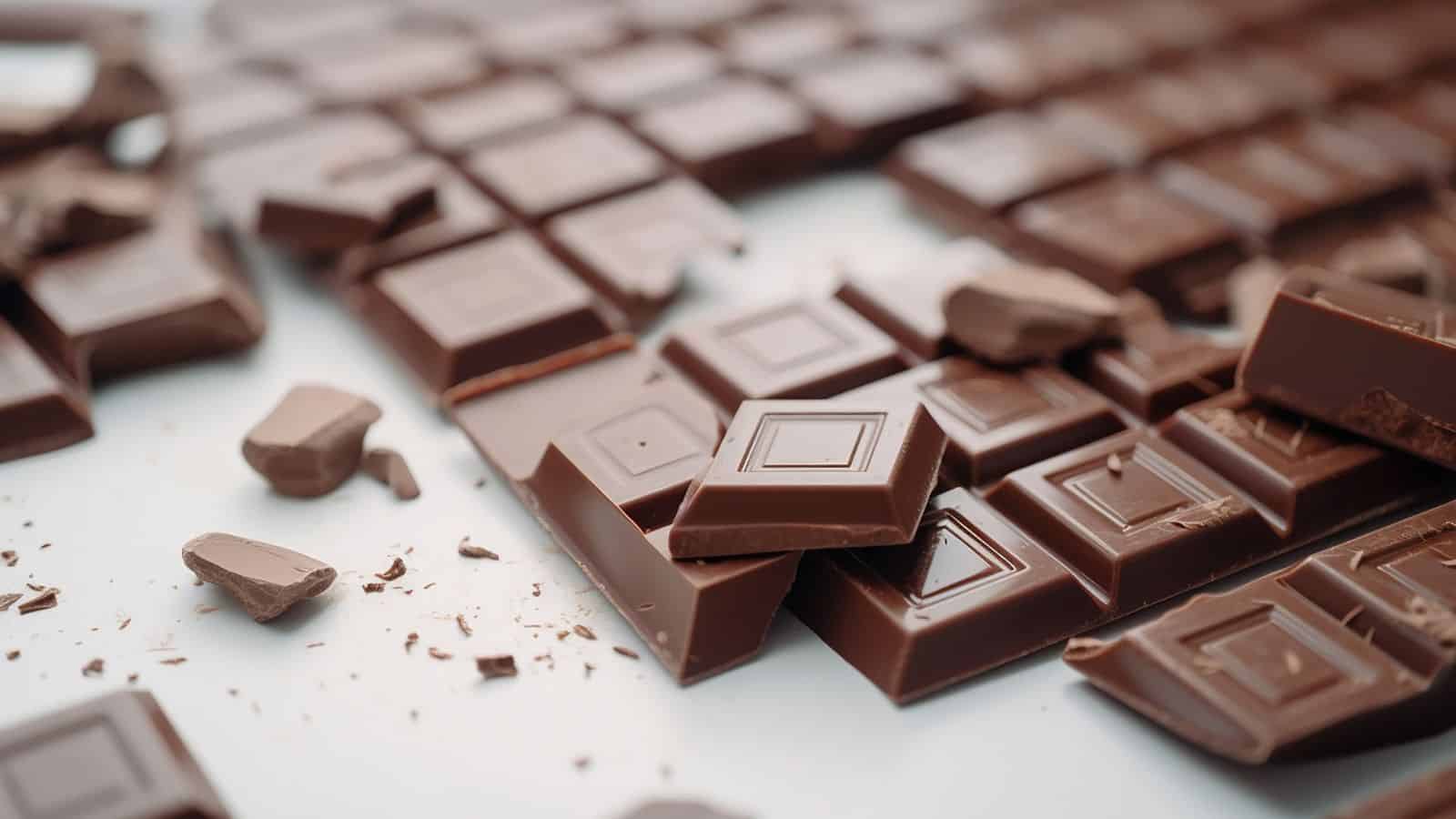
Some research suggests that eating chocolate might worsen acne symptoms in certain individuals, though the evidence is not entirely consistent. Components in chocolate, such as sugar and dairy (if present), may contribute to oil production and inflammation, which can clog pores and lead to breakouts. Additionally, the stimulants in chocolate, like caffeine and theobromine, could potentially affect hormone levels or stress responses, indirectly influencing skin health. However, pure dark chocolate with minimal sugar content tends to have less impact and contains antioxidants that may benefit the skin. Observing how your skin reacts after consuming chocolate can help determine if it is a trigger for you.
Spicy Foods

Spicy foods containing ingredients like chili peppers can cause temporary flushing and increased blood flow to the skin, which might trigger redness or irritation, especially in people with sensitive skin or conditions such as rosacea. The capsaicin compound in spicy foods can stimulate nerve endings and provoke an inflammatory response, worsening skin sensitivity or causing discomfort. For those prone to skin redness or flushing, frequent consumption of spicy dishes may exacerbate these symptoms and lead to visible irritation. While not harmful to everyone, it is advisable for individuals with reactive skin to monitor their intake and adjust accordingly to minimize flare-ups and maintain a calmer complexion.
Artificial Sweeteners
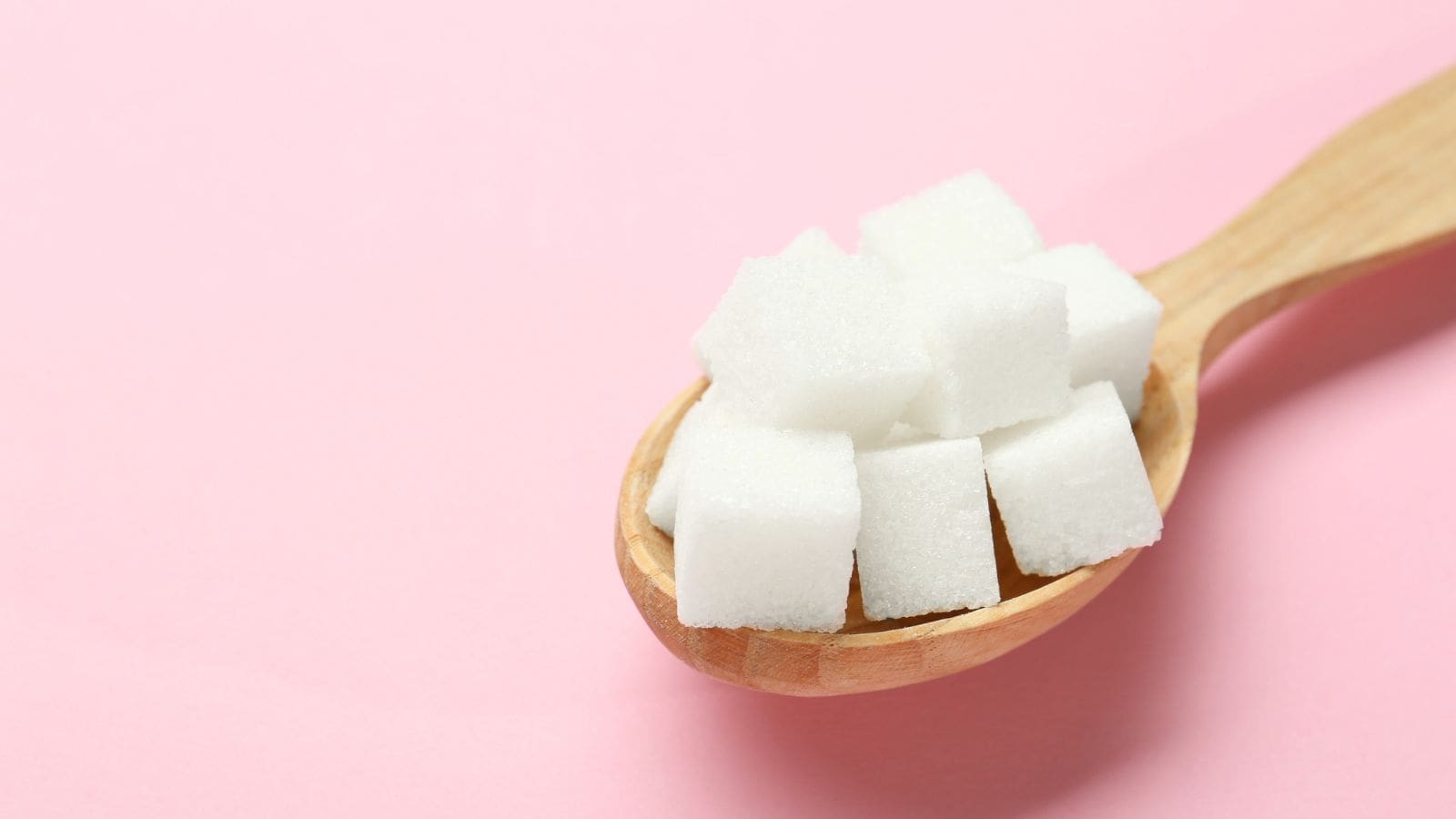
Artificial sweeteners are synthetic sugar substitutes found in many diet and low-calorie products. Some studies suggest that these compounds may disrupt the balance of beneficial bacteria in the gut, which plays a crucial role in regulating inflammation and immune responses. An imbalance in gut flora can lead to increased systemic inflammation that may manifest in the skin as redness, acne, or other irritations. Additionally, certain artificial sweeteners might interfere with metabolic processes, potentially affecting hormone levels that influence skin health. While more research is needed, limiting consumption of these additives could help reduce the risk of skin issues linked to inflammation and gut health disturbances.
Trans Fats

Trans fats are unhealthy fats commonly found in margarine, baked goods, and some fried foods. These fats promote inflammation throughout the body, which can negatively impact the skin’s appearance and function. Chronic inflammation contributes to the breakdown of collagen and elastin, essential proteins that maintain skin’s firmness and elasticity. This degradation accelerates the formation of wrinkles and sagging. Trans fats also impair the skin’s natural barrier, making it more vulnerable to environmental damage and dryness. Avoiding foods high in trans fats supports healthier skin by reducing inflammatory responses and preserving the structural integrity that keeps skin looking youthful and resilient.
Ice Cream
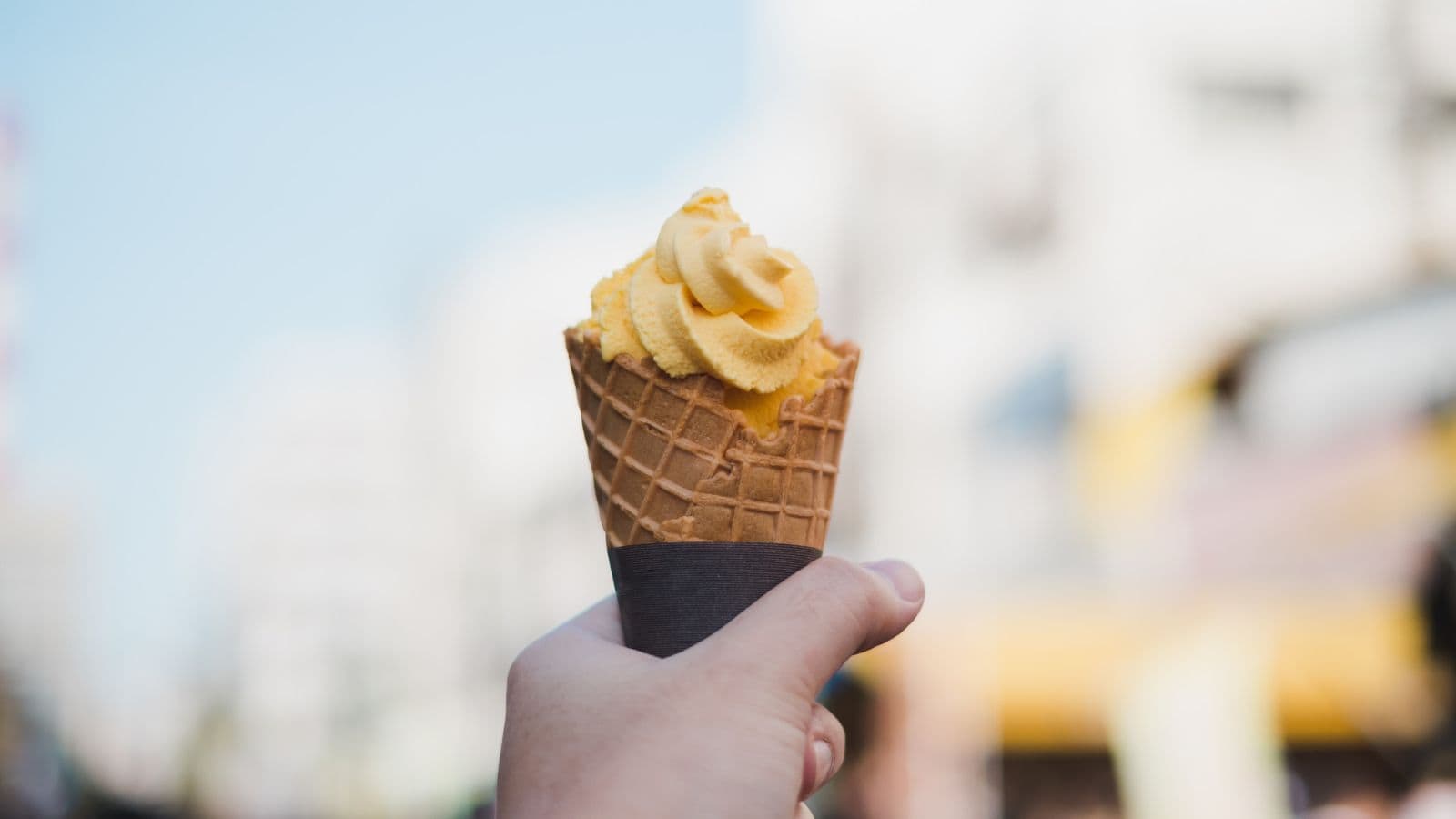
Ice cream is high in sugar and dairy, two ingredients that can negatively impact skin health. The sugar content causes insulin spikes that increase inflammation and oil production, which can lead to acne flare-ups. Dairy components may stimulate the skin’s oil glands and worsen redness or irritation, especially for those sensitive to milk products. Additionally, the cold temperature can sometimes cause skin sensitivity or redness in people prone to rosacea. Eating ice cream frequently may make it harder to maintain a clear complexion and smooth skin tone. Moderation and choosing lower-sugar or dairy-free options can help reduce these effects and support healthier skin.
High Glycemic Index Fruits
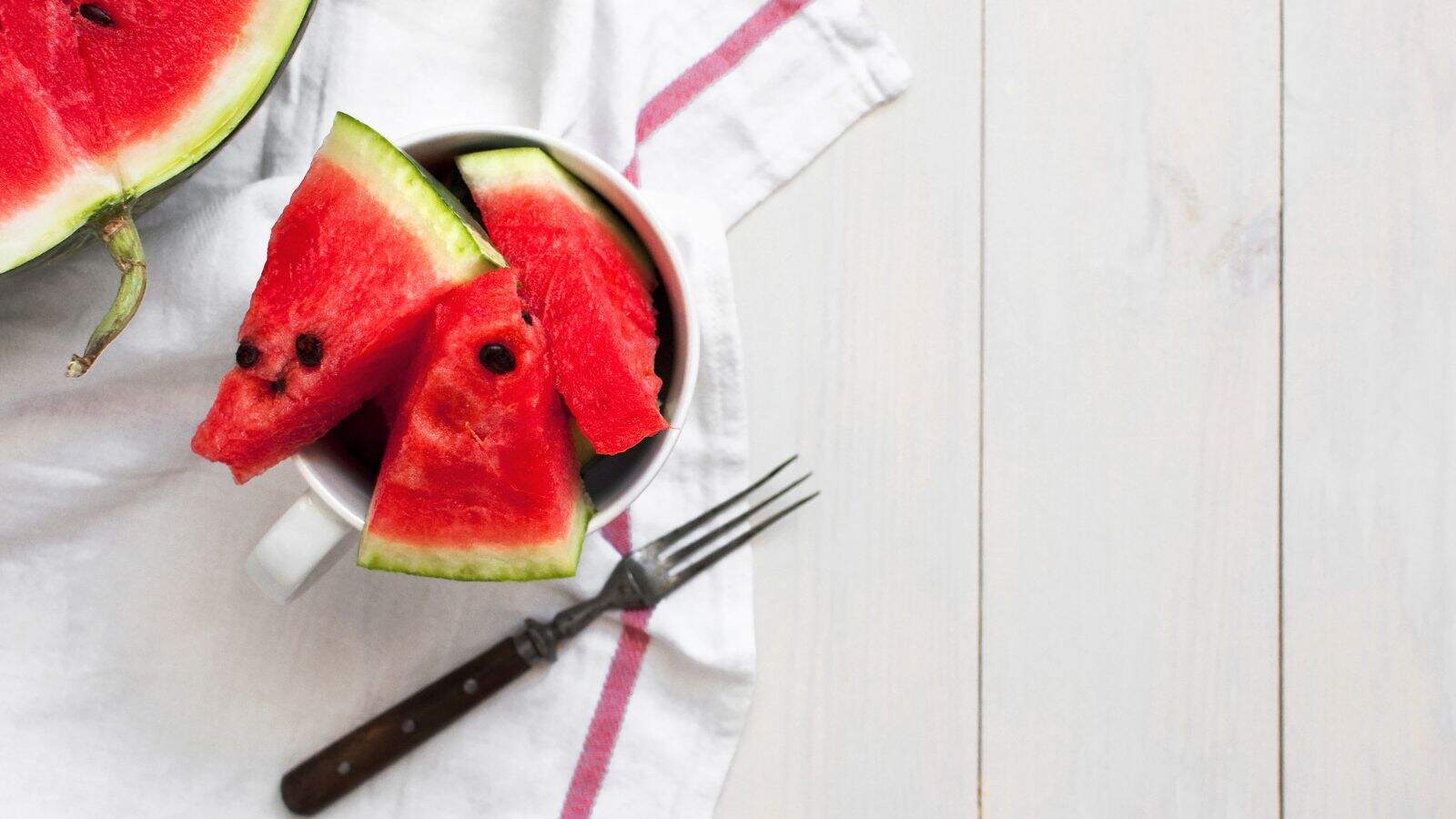
Fruits such as watermelon and pineapple have a higher glycemic index, meaning they can raise blood sugar levels quickly when eaten in large amounts. This rapid increase prompts insulin release, which may stimulate oil glands and contribute to acne formation. High glycemic foods can also promote inflammation and oxidative stress, potentially damaging skin cells and collagen. While fruits are generally beneficial due to their vitamins and antioxidants, consuming high glycemic fruits excessively might counteract these positive effects for some individuals prone to breakouts or inflammation. Moderating intake and balancing with lower glycemic options supports better skin health and reduces the risk of flare-ups.
Feed Your Face Right

Taking care of your skin means paying attention to what you eat as much as what you put on your face. Some foods can quietly cause problems like breakouts, redness, or dryness, even if you don’t notice right away. Being aware of these foods can help you avoid unnecessary skin issues and keep your complexion looking healthy and fresh. It’s all about making choices that support your skin’s natural glow without overcomplicating things.
You don’t have to completely change your diet or give up everything you enjoy. Small adjustments, based on what dermatologists recommend, can make a real difference over time. When you start thinking about how food affects your skin, it becomes easier to pick options that help rather than hurt. With a little attention and care, you can support your skin from the inside out and feel confident in how you look every day.
Ways You Can Use Coffee in Your Beauty Routine for Flawless Skin and Hair

Coffee isn't just for waking up in the morning; it's also a great addition to your beauty routine. If you've got some leftover coffee grounds, don’t throw them away. There are 10 great ways you can use coffee in your beauty routine. From reducing puffiness around your eyes to giving your scalp a boost, coffee has some amazing benefits you might not know about.
Read it Here: 10 Ways You Can Use Coffee in Your Beauty Routine for Flawless Skin and Hair
Transform Your Skincare Routine With Foods Straight From Your Kitchen

Ever thought about raiding your kitchen for skincare ingredients? It's not as crazy as it sounds. Many everyday foods can double as skin savers, giving you that glow without the hefty price tag of fancy products. Using these 10 natural ingredients is a great way to know exactly what you're putting on your face
Read it Here: Transform Your Skincare Routine With 10 Foods Straight From Your Kitchen






Tell Me What You Think!